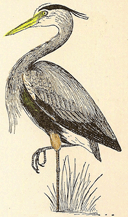 Great Blue Heron
Great Blue HeronArdea herodias
When disturbed, "a slow series fraank, fraank, fraank, taaaw, taaaw, last notes lower, croaking" (Sibley)
Same bird, disturbed again one week later.
Long Island, January 2013.
 Great Blue Heron
Great Blue Heron
Ardea herodias
When disturbed,
"a slow series fraank, fraank, fraank, taaaw, taaaw, last notes
lower, croaking" (Sibley)
Same bird, disturbed again one week later.
Long Island, January 2013.
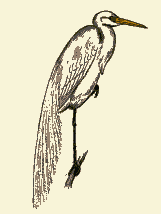 Great Egret
Great Egret
Ardea alba
"Very deep, low gravelly kroow, ..., fading at end" (Sibley)
Long Island, May 2001.
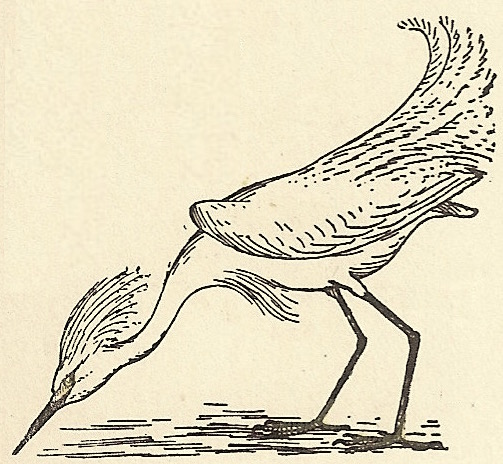 Snowy Egret
Snowy Egret
Egretta thula
"Hoarse, rasping raaar
or nasal hraaa " (Sibley)
Long Island, September 2017.
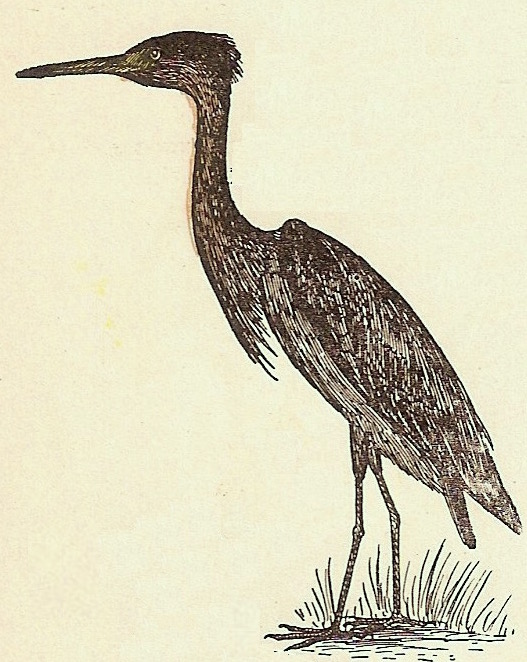 |
Green Heron Butorides virescens Juvenile calling for food. Juvenile, less vocal. Long Island, July 2017. "a startling scow" (Chapman) Long Island, May, 2021. |
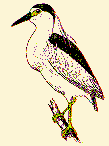 Black-crowned Night Heron
Black-crowned Night Heron
Nycticorax nycticorax
"A flat quok!
or quark!" (Peterson)
Long Island, May 1999.
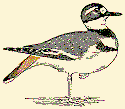 Killdeer
Killdeer
Charadrius vociferus
Long Island, March 1999.
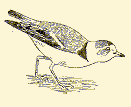
|
Piping Plover Charadrius melodus Peep-lo (Peterson) "A plaintive whistle" (Peterson) Two Piping Plovers facing off. Long Island, July 1997.
|

|
Semipalmated Sandpiper Caladris pusilla Long Island, April 2002.
|
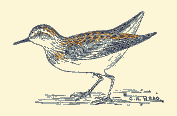 Western Sandpiper
Western Sandpiper
Caladris mauri
Long Island, April 2004.
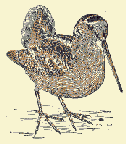 |
American Woodcock Scolopax minor "a nasal beezp"(Peterson) 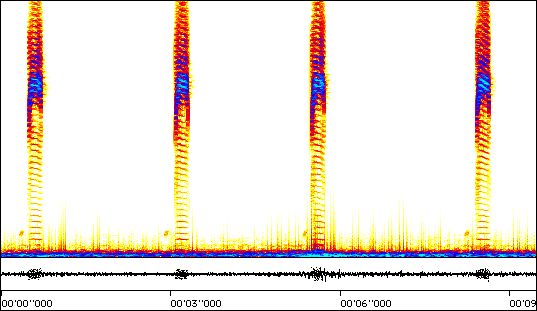 Woodcock: Note the tiny prelude to each beezp. Freqency range 0-7350Hz. Long Island, Spring 2005
|
|
Woodcock's aerial courtship display. The display usually lasts around one and
a half minutes. These recordings were made using a 13in. parabolic reflector but the signal/noise ratio is still very poor. The punctuated band of noise at 2700Hz is the Spring Peepers. Click on sonograms for a larger image.
|
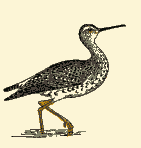 Greater Yellowlegs
Greater Yellowlegs
Tringa melanoleuca
Flight call.
"a loud ringing deew deew deew" (Sibley)
When disturbed.
Long Island, April 2006.
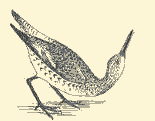 Willet
Willet
Catoptrophorus semipalmatus
Call.
"a musical, repetitious pill-will-willet" (Peterson)
Barn Island, Stonington CT, June 2003
INDEX: Main Bird Page Gulls and Terns Other Shorebirds Geese and Ducks Loons Doves Raptors Owls Goatsuckers and Swifts Kingfishers Quails, Partridges, etc. Cuckoos Woodpeckers Flycatchers Titmics and Nuthatches Wrens Mimic Thrushes Thrushes Vireos Warblers Orioles and Blackbirds Tanagers Swallows Crows and Jays Finches Sparrows Hummingbird Tony's Home Page